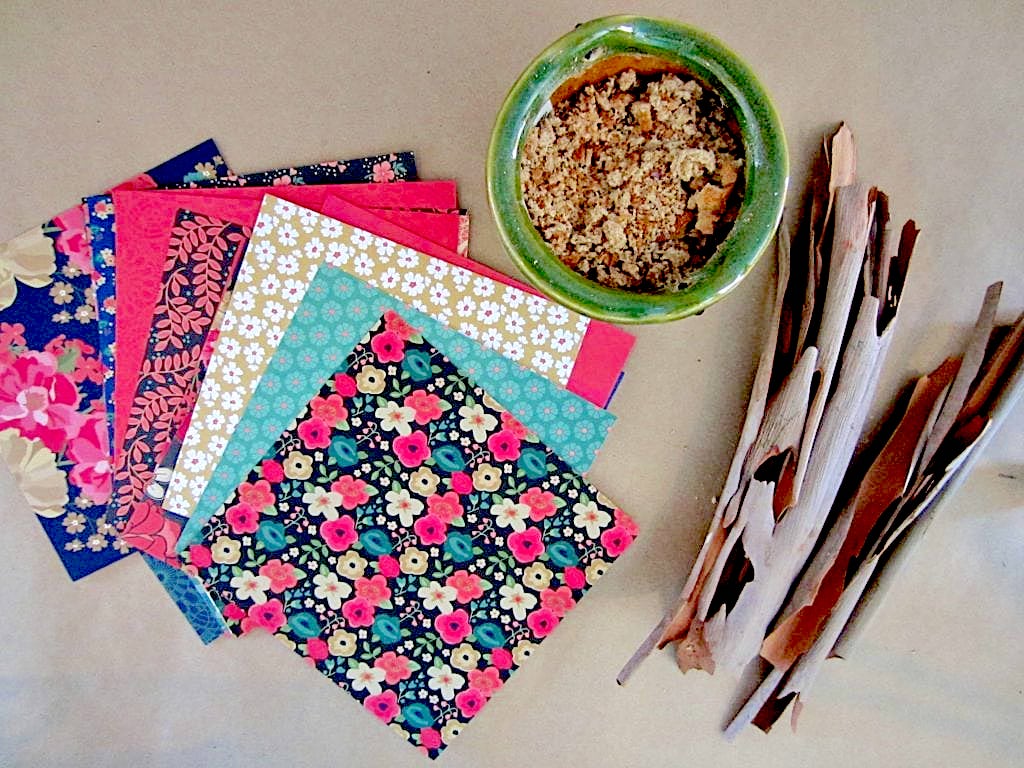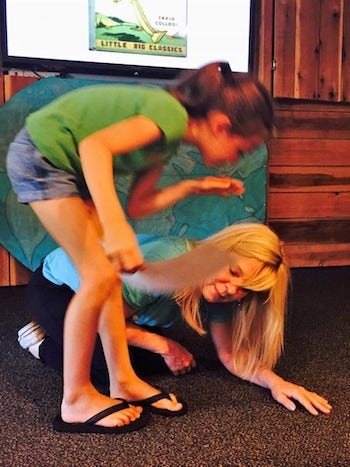A LitWits activity from the Rising Action
BookBites is the part of our literary experience when we get to “taste the story.” We choose a food right out of the book, and it has to meet at least one criterion:
- it’s important to a plot point
- it has thematic significance
- it’s unfamiliar for reasons of culture, era, or location
To get a taste of the theme of unconditional love, we ate the pears Gepetto was to have had for lunch, which he unhesitatingly handed to his hungry marionette. Pinocchio ungratefully demanded he peel them, and refused to eat the cores. The pears not only symbolize Gepetto’s sacrificial, unconditional love, but Pinocchio’s ingratitude and immaturity. (We ate the cores and skins, as did Pinocchio, eventually.)
INSPIRATION
Geppetto, who had understood nothing of all that jumbled talk, except that the Marionette was hungry, felt sorry for him, and pulling three pears out of his pocket, offered them to him, saying:
“These three pears were for my breakfast, but I give them to you gladly. Eat them and stop weeping.”
“If you want me to eat them, please peel them for me.”
“Peel them?” asked Geppetto, very much surprised. “I should never have thought, dear boy of mine, that you were so dainty and fussy about your food. Bad, very bad! In this world, even as children, we must accustom ourselves to eat of everything, for we never know what life may hold in store for us!”
“You may be right,” answered Pinocchio, “but I will not eat the pears if they are not peeled. I don’t like them.”
And good old Geppetto took out a knife, peeled the three pears, and put the skins in a row on the table.
Pinocchio ate one pear in a twinkling and started to throw the core away, but Geppetto held his arm.
“Oh, no, don’t throw it away! Everything in this world may be of some use!”
“But the core I will not eat!” cried Pinocchio in an angry tone.
“Who knows?” repeated Geppetto calmly.
And later the three cores were placed on the table next to the skins.
Pinocchio had eaten the three pears, or rather devoured them. Then he yawned deeply, and wailed:
“I’m still hungry.” – Ch. 7





